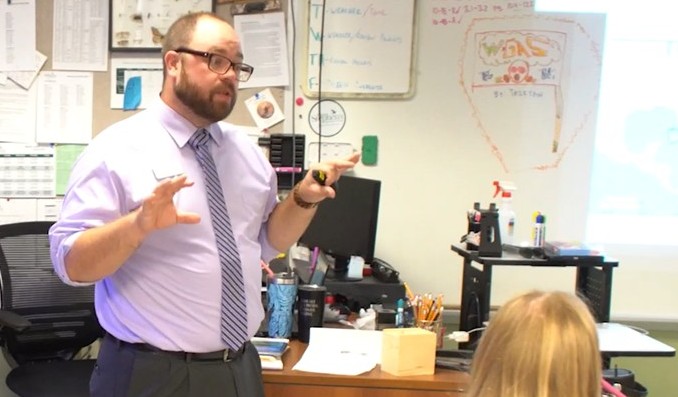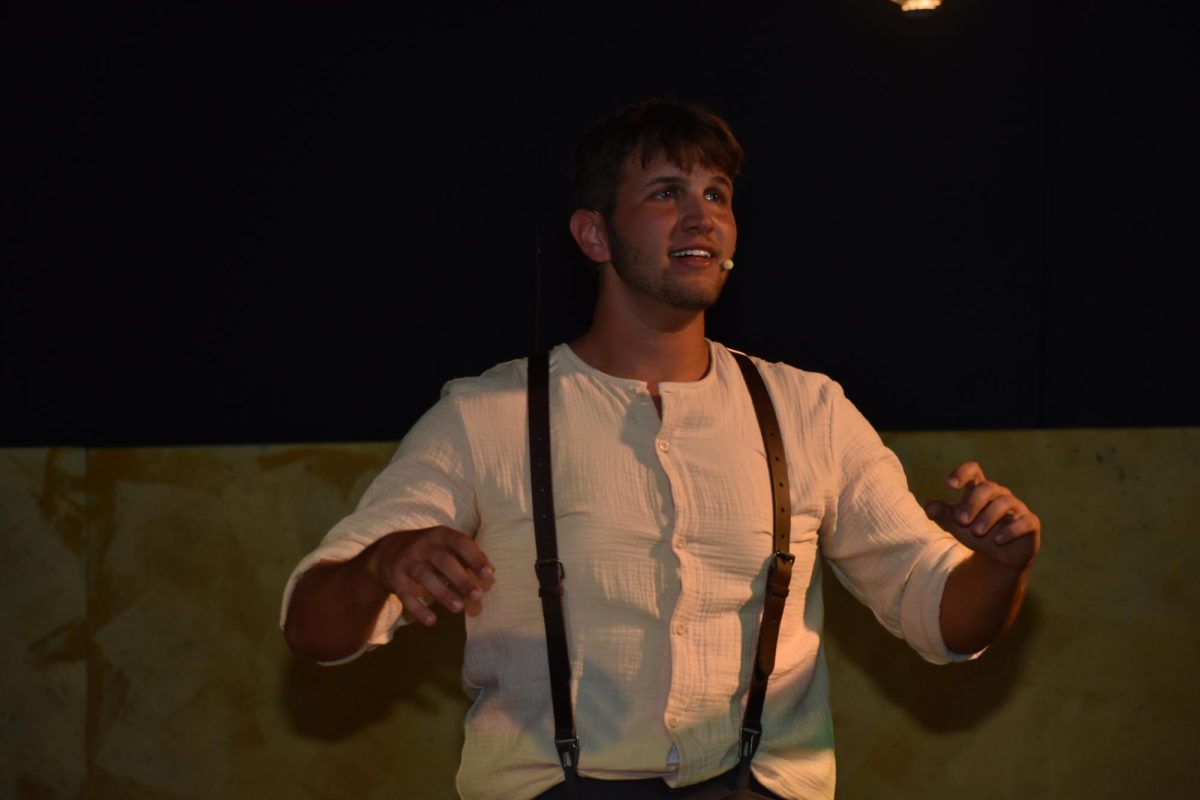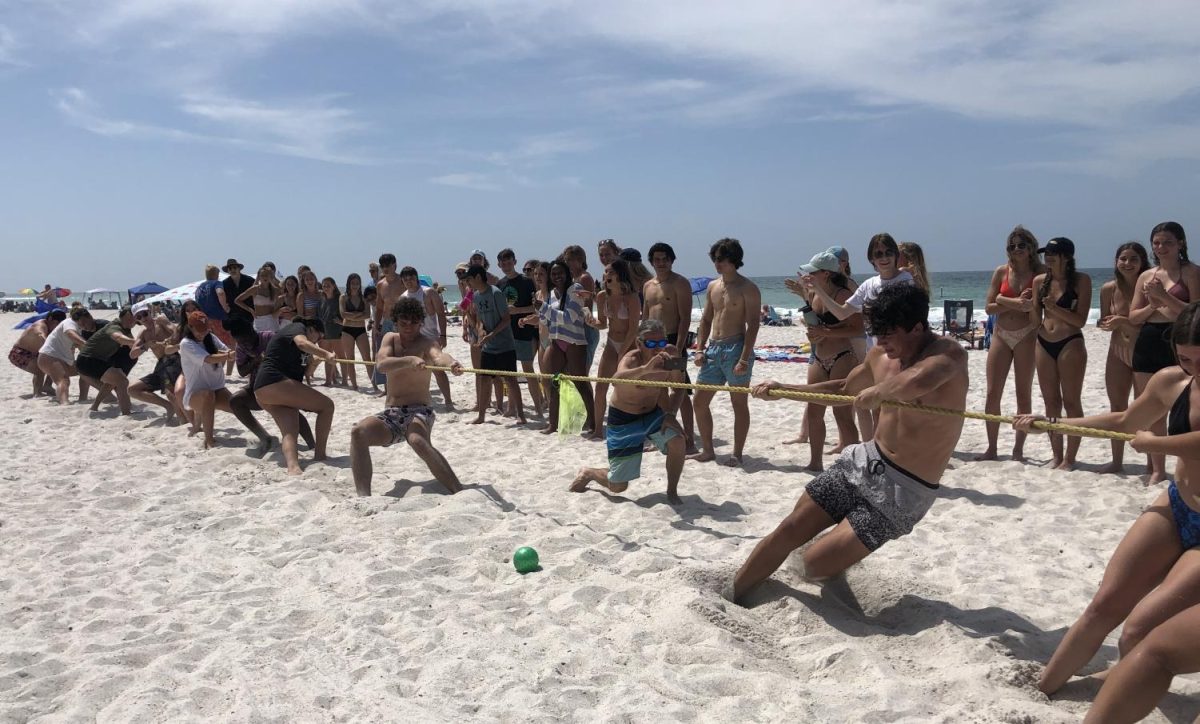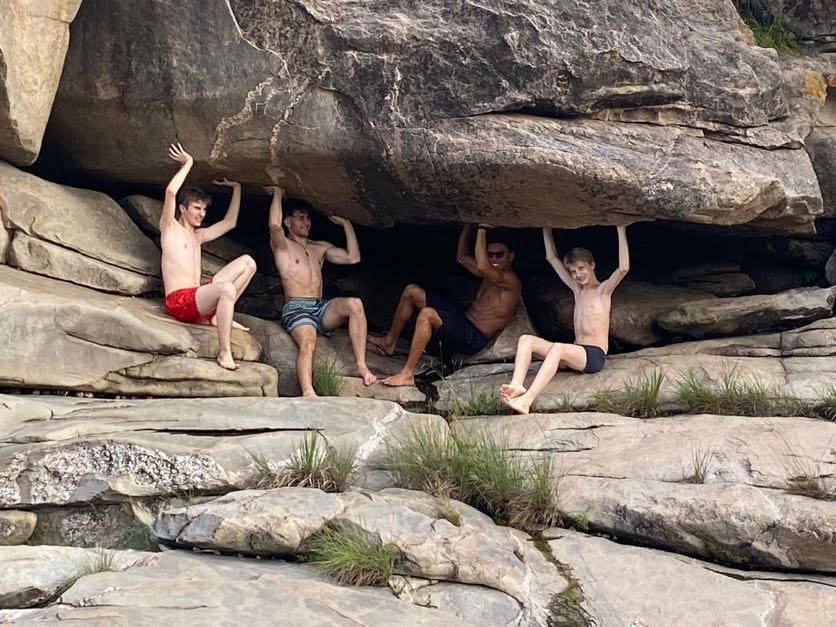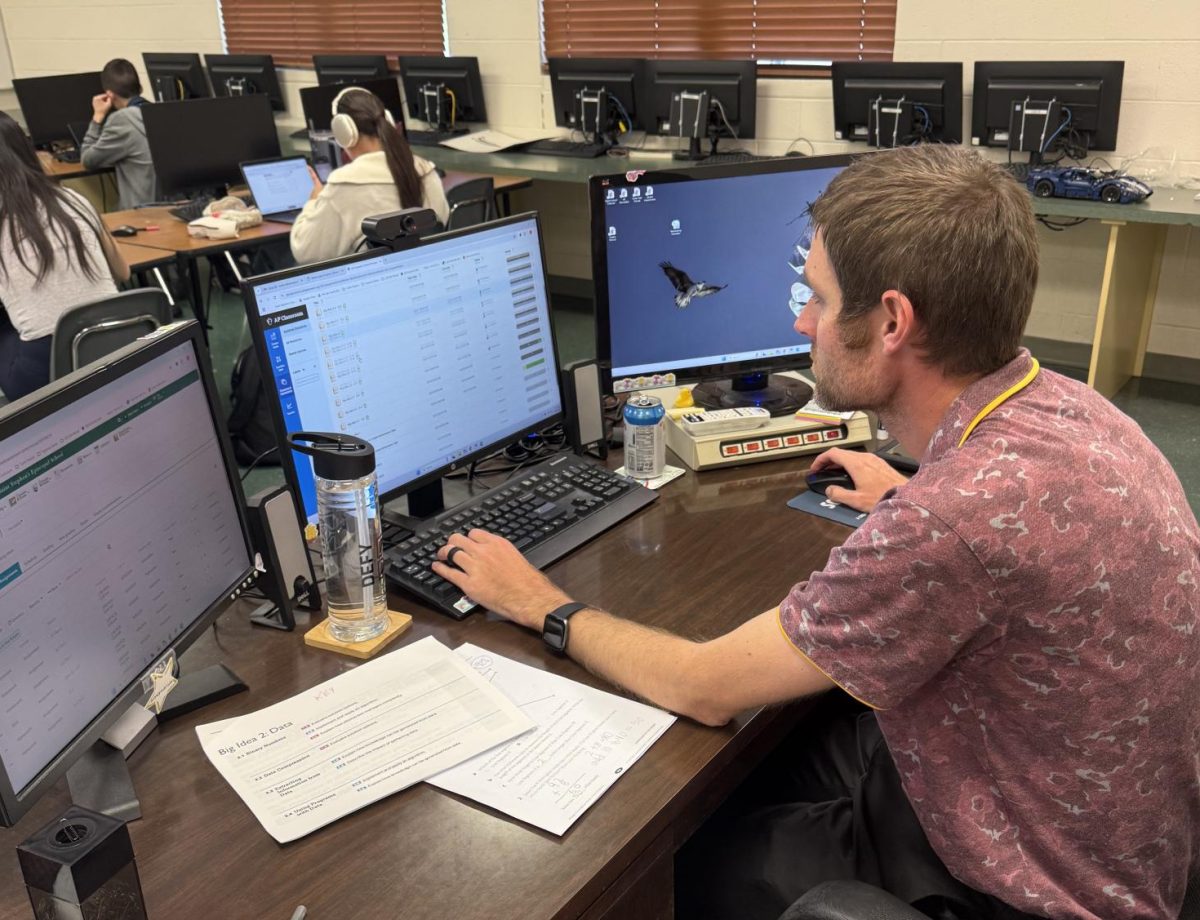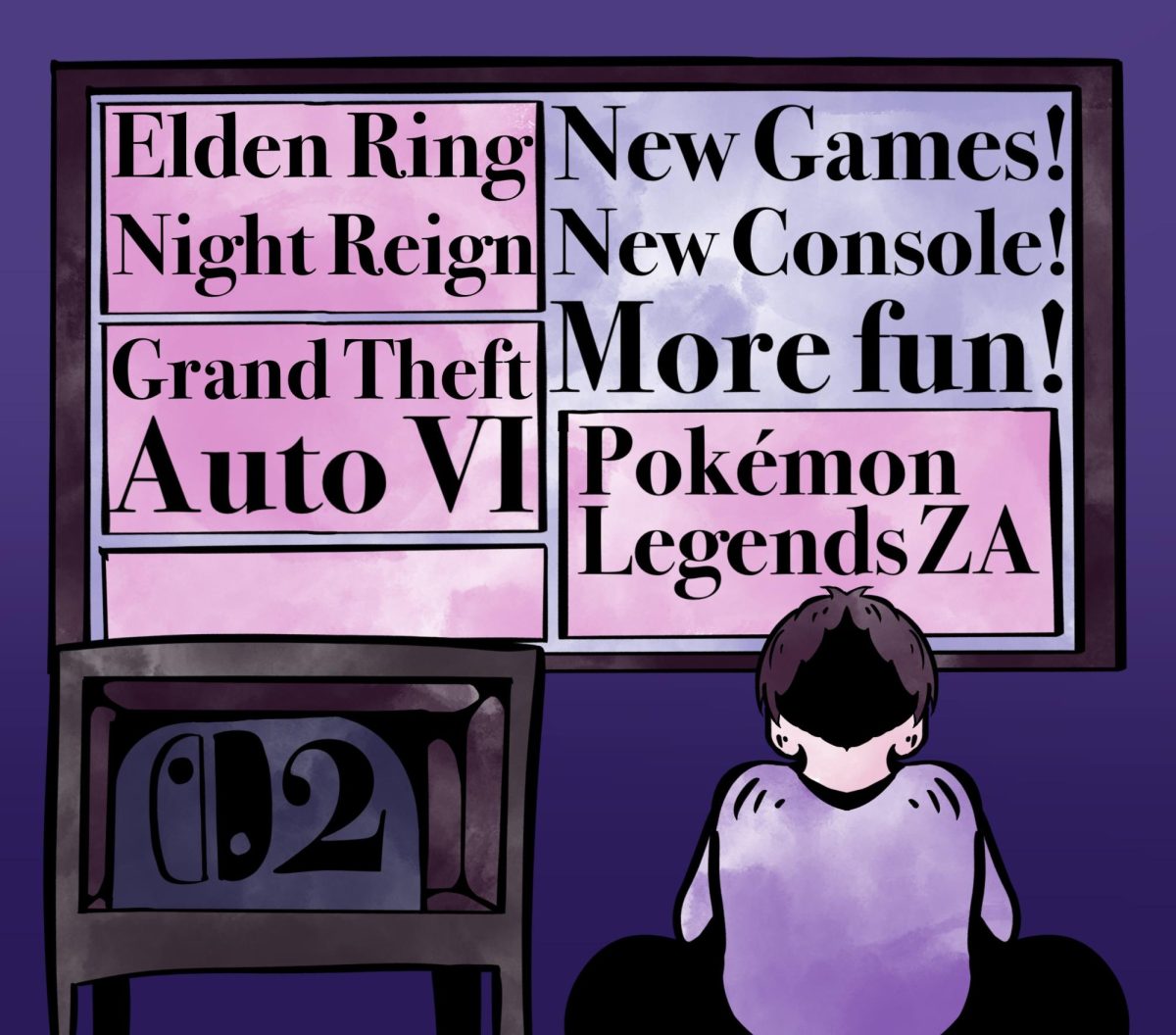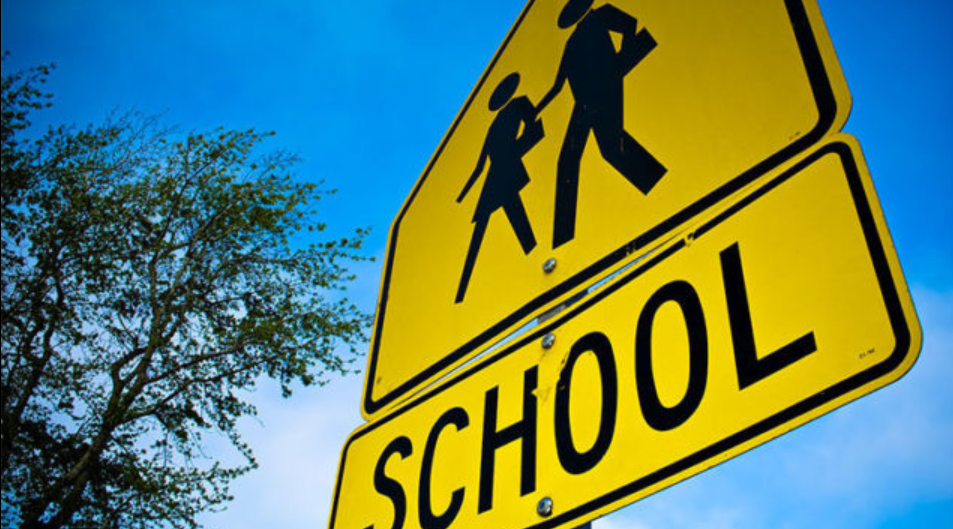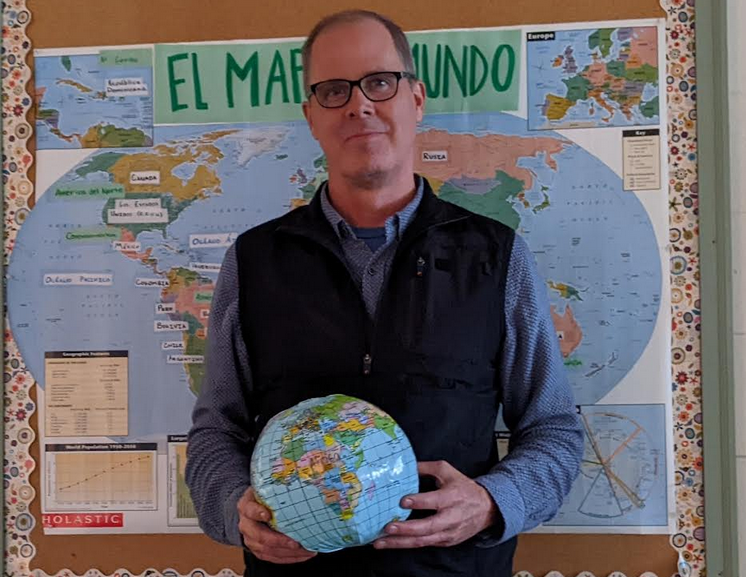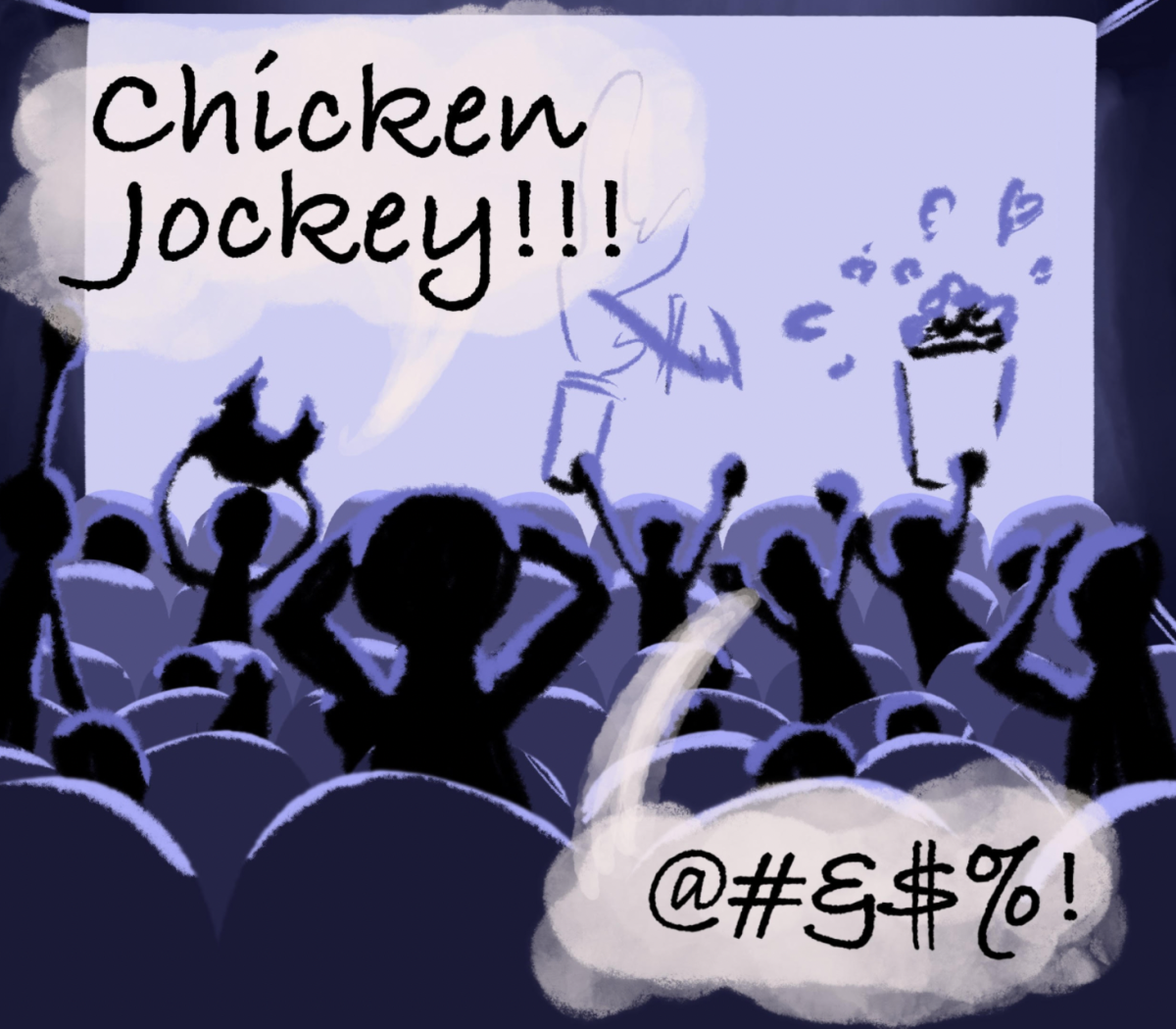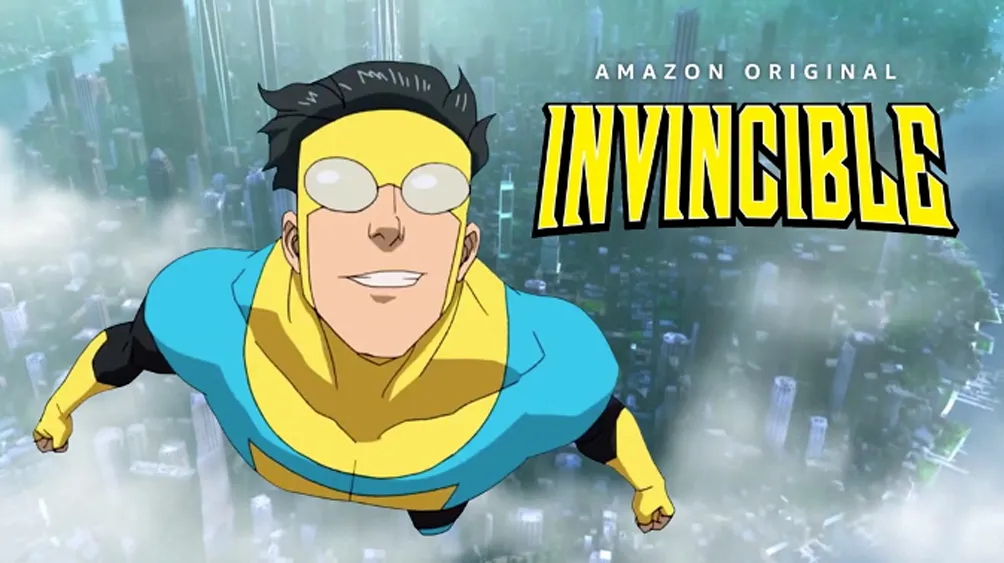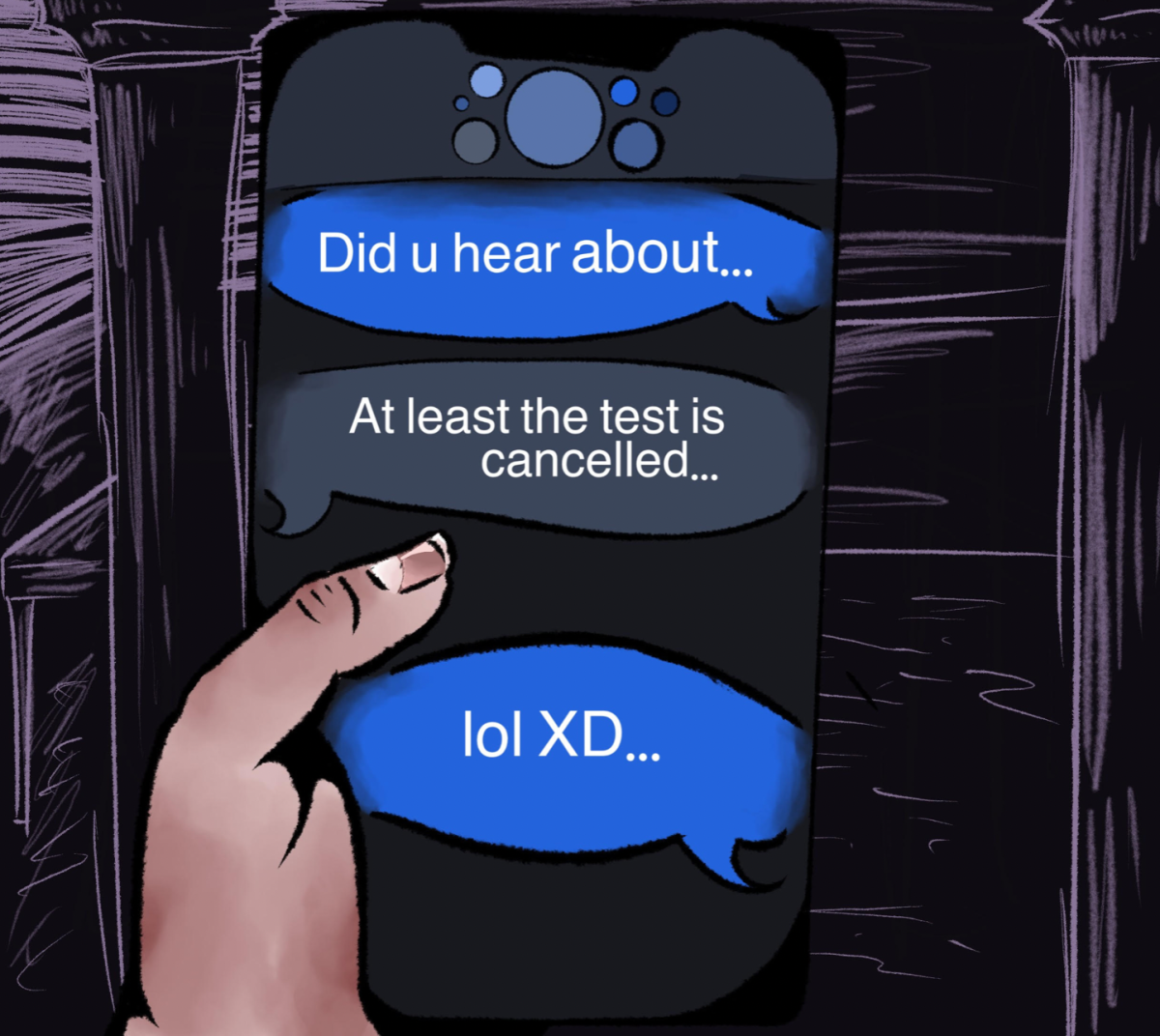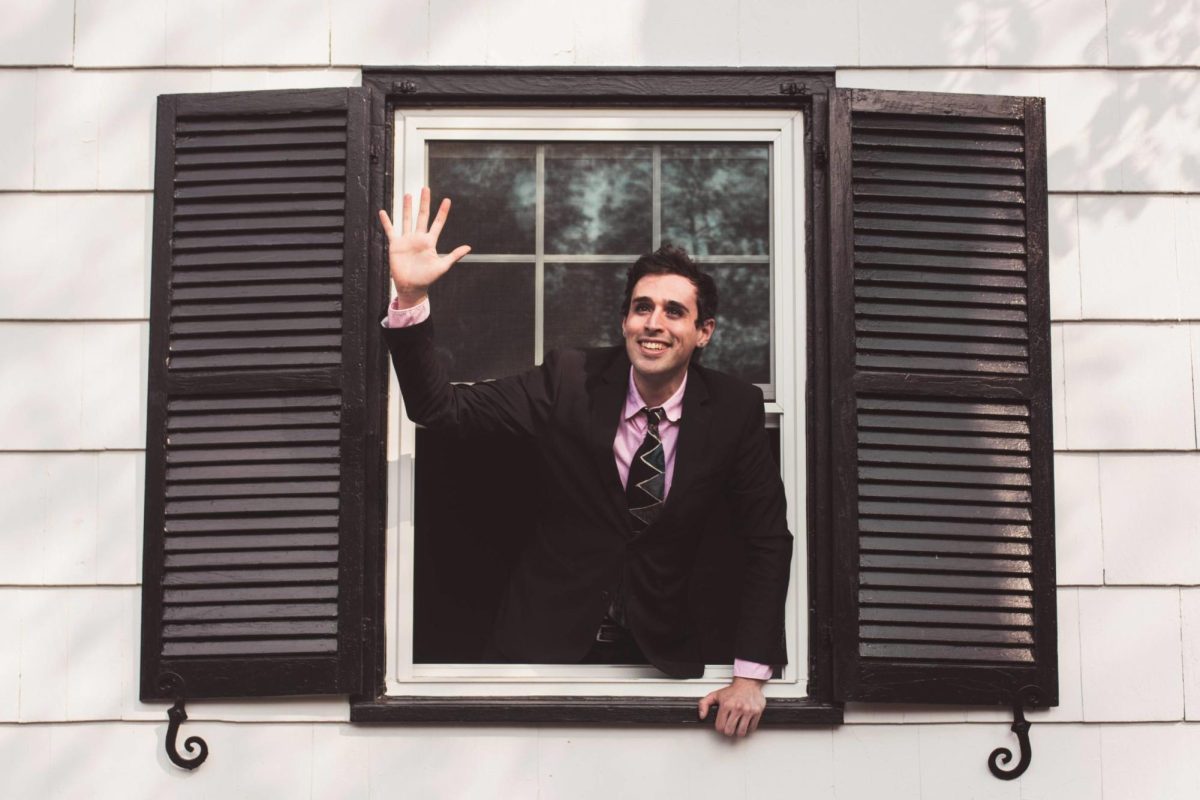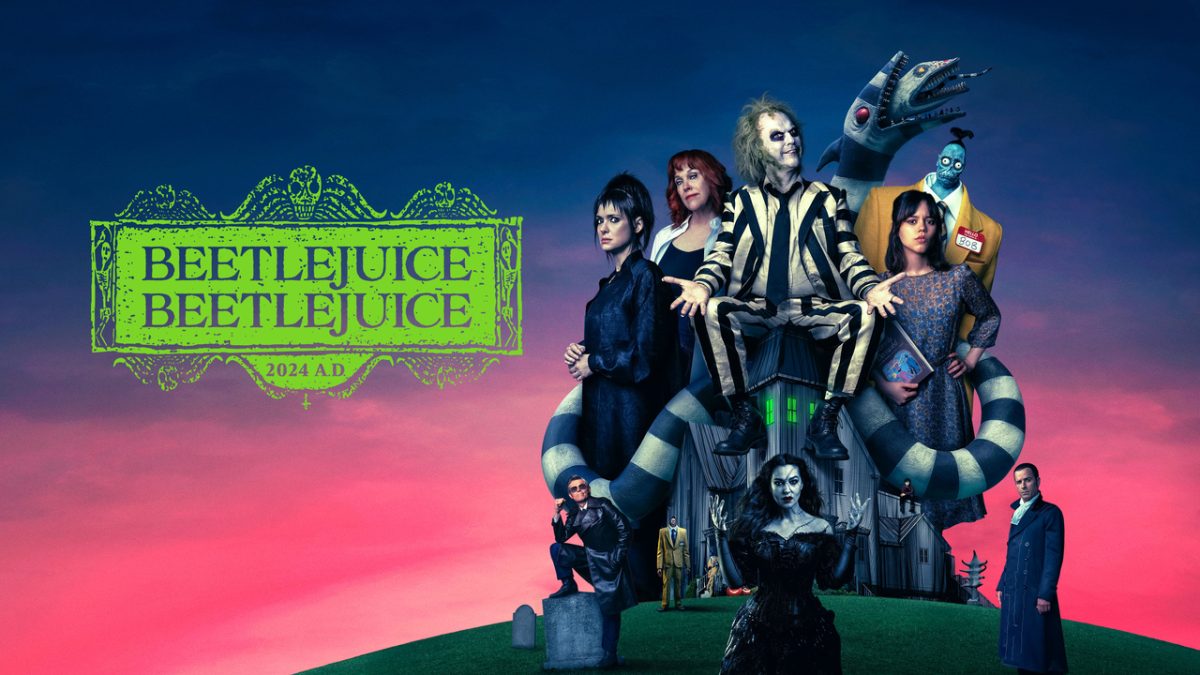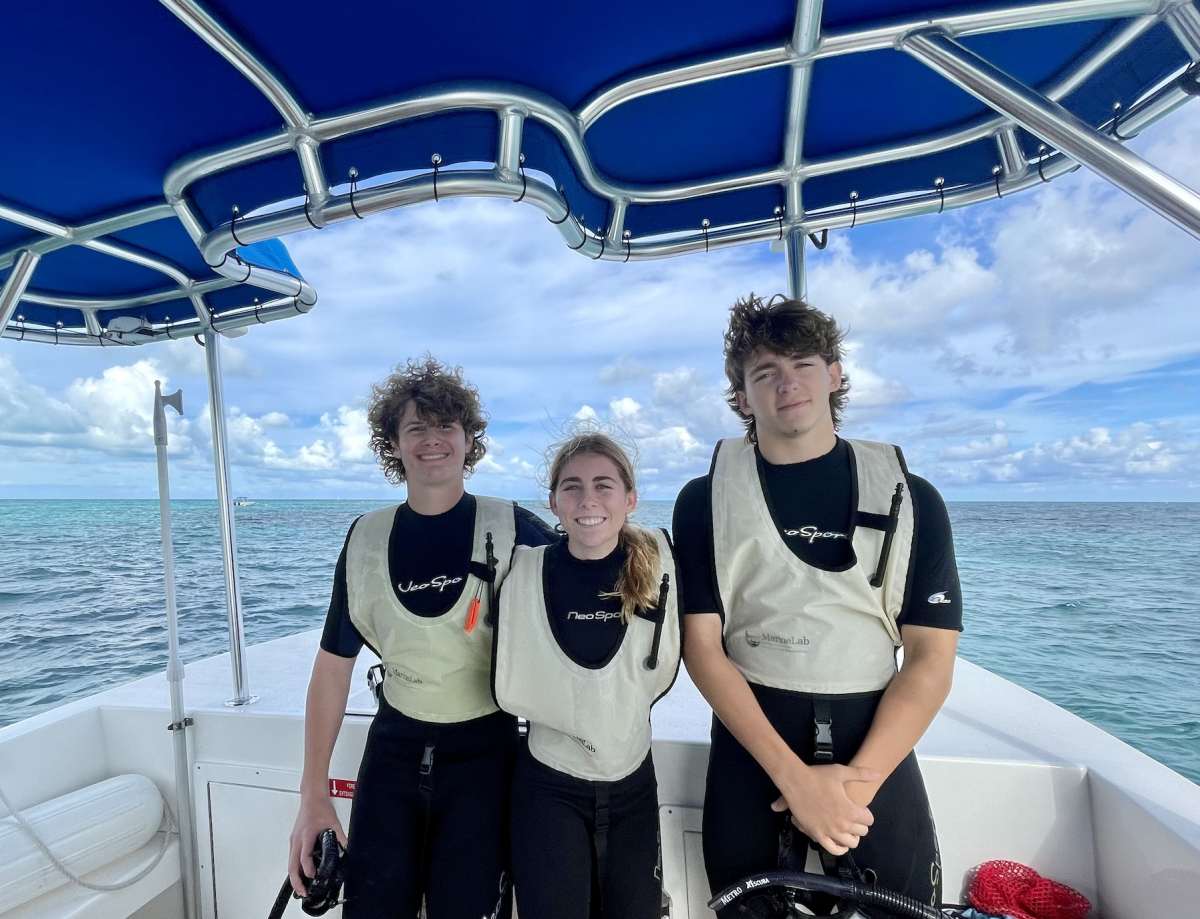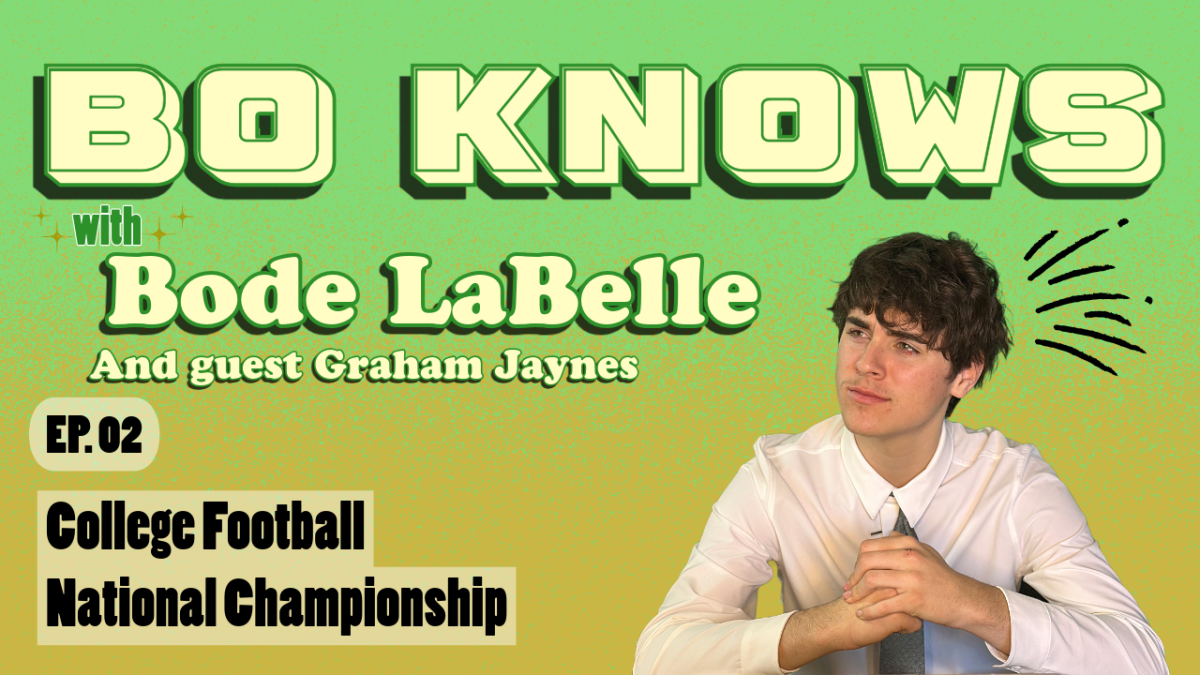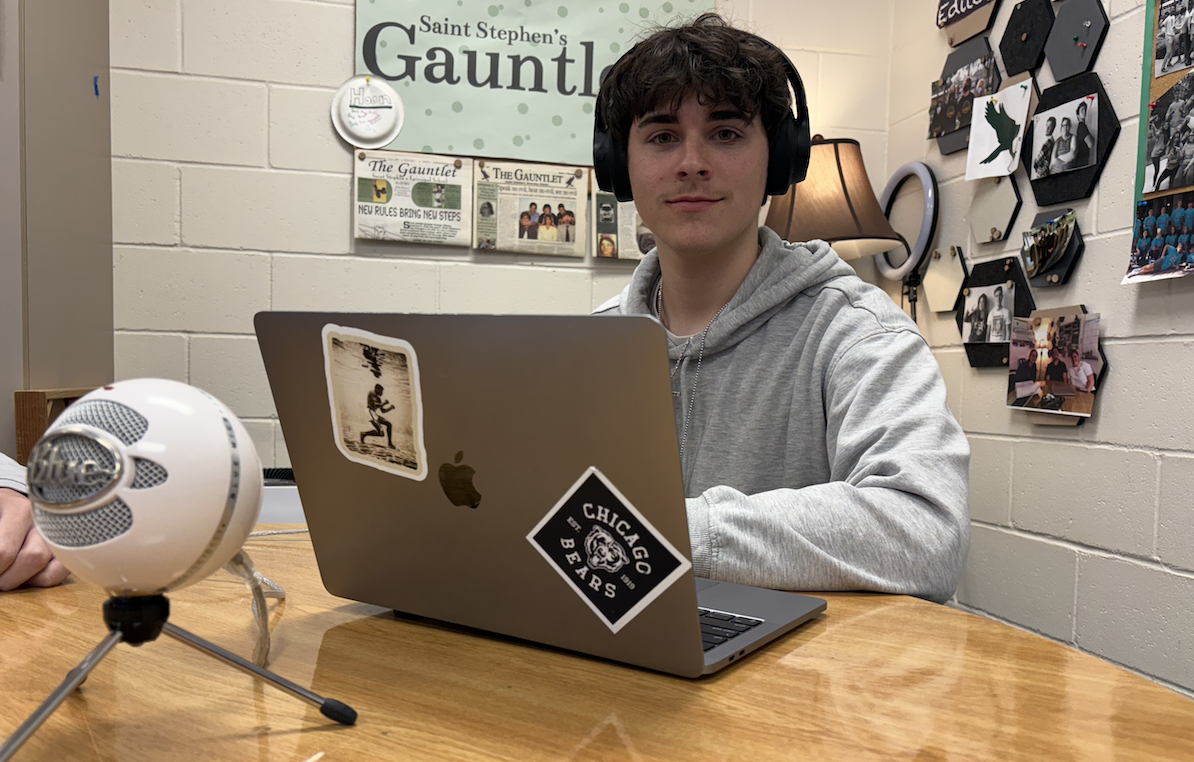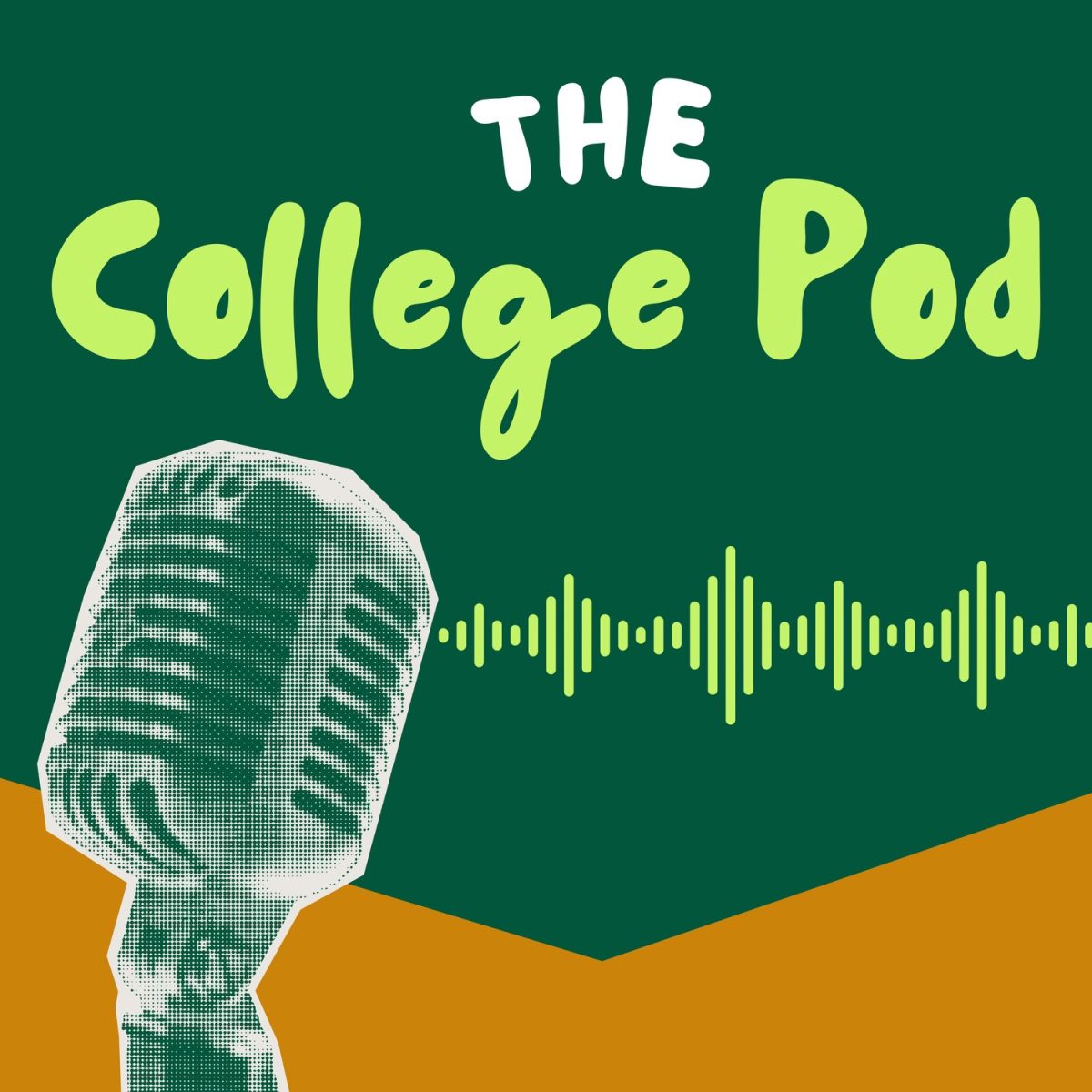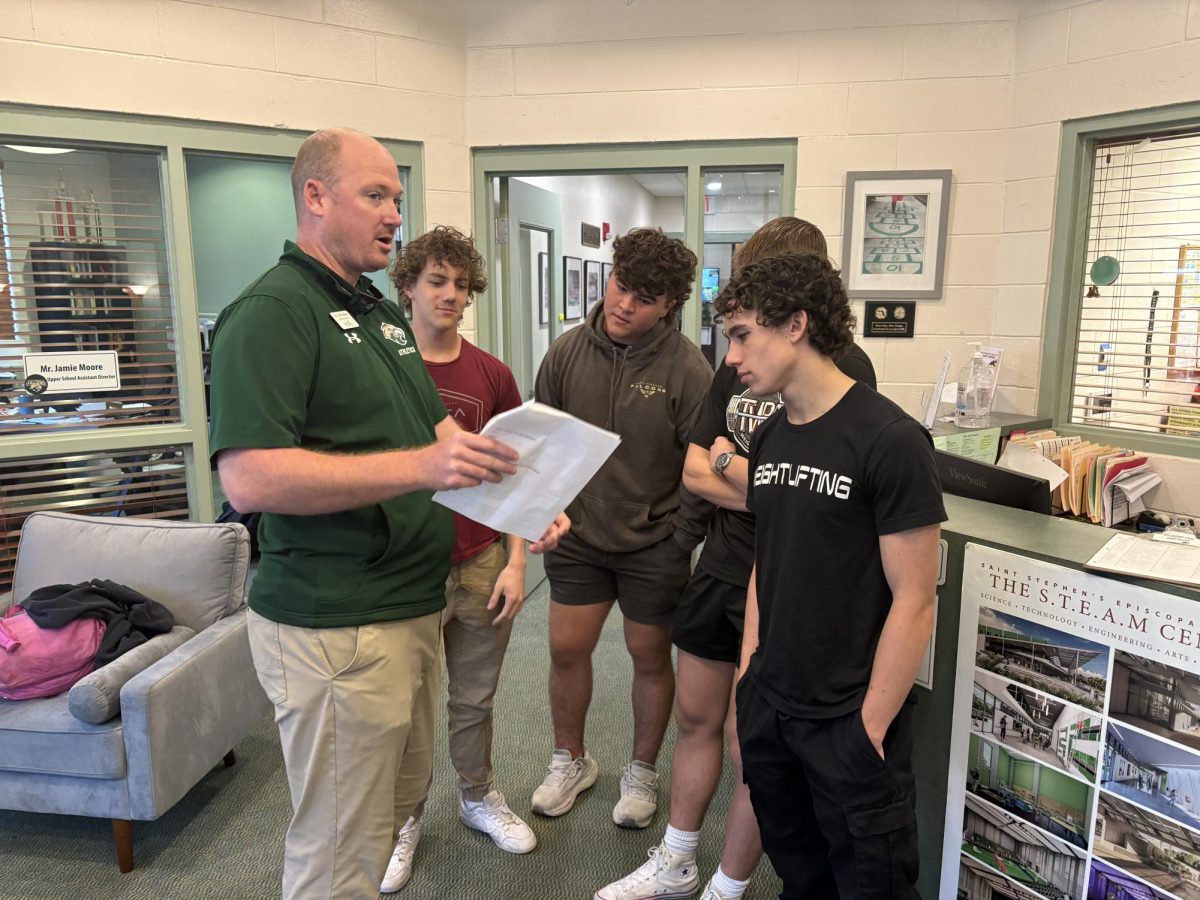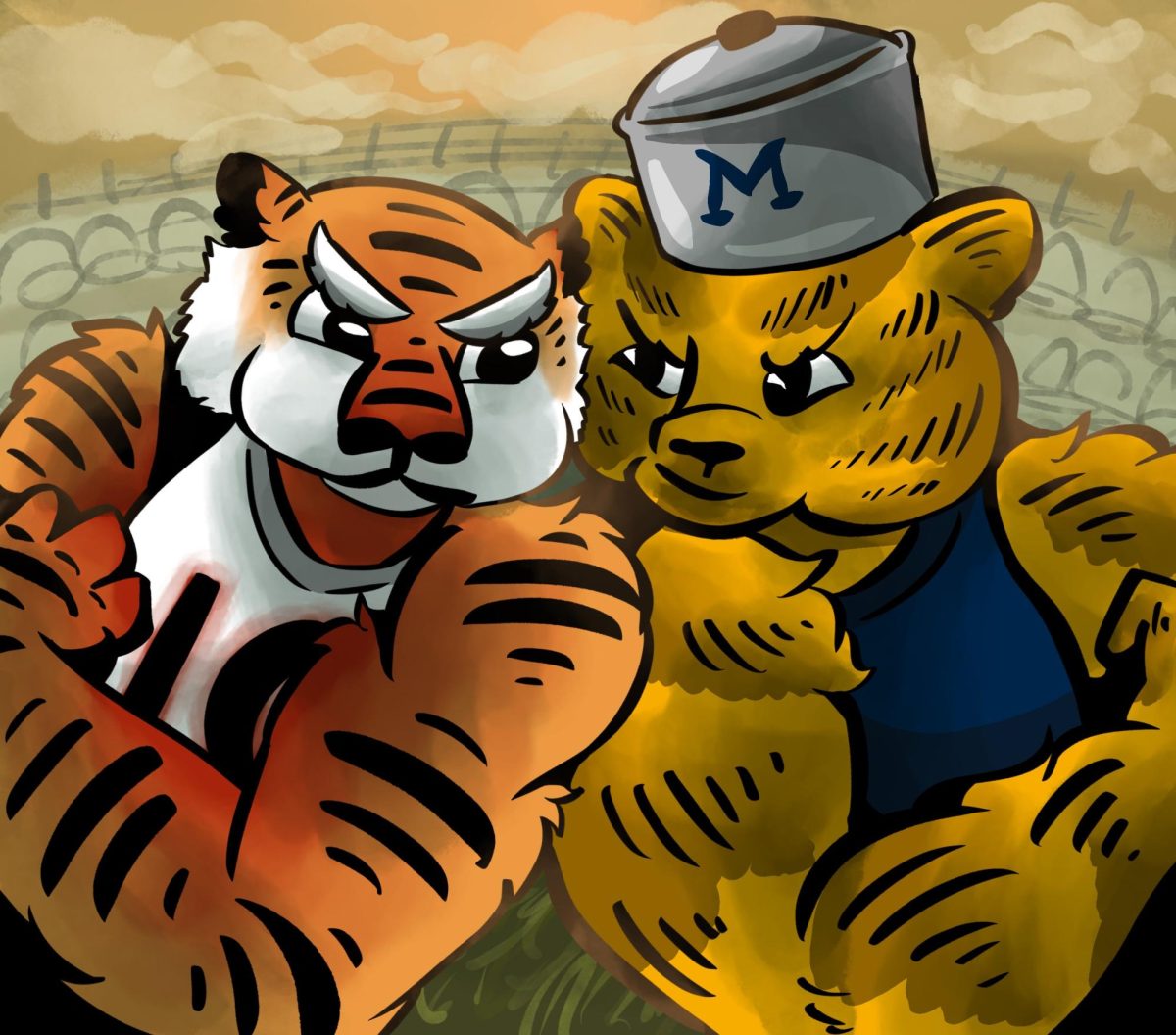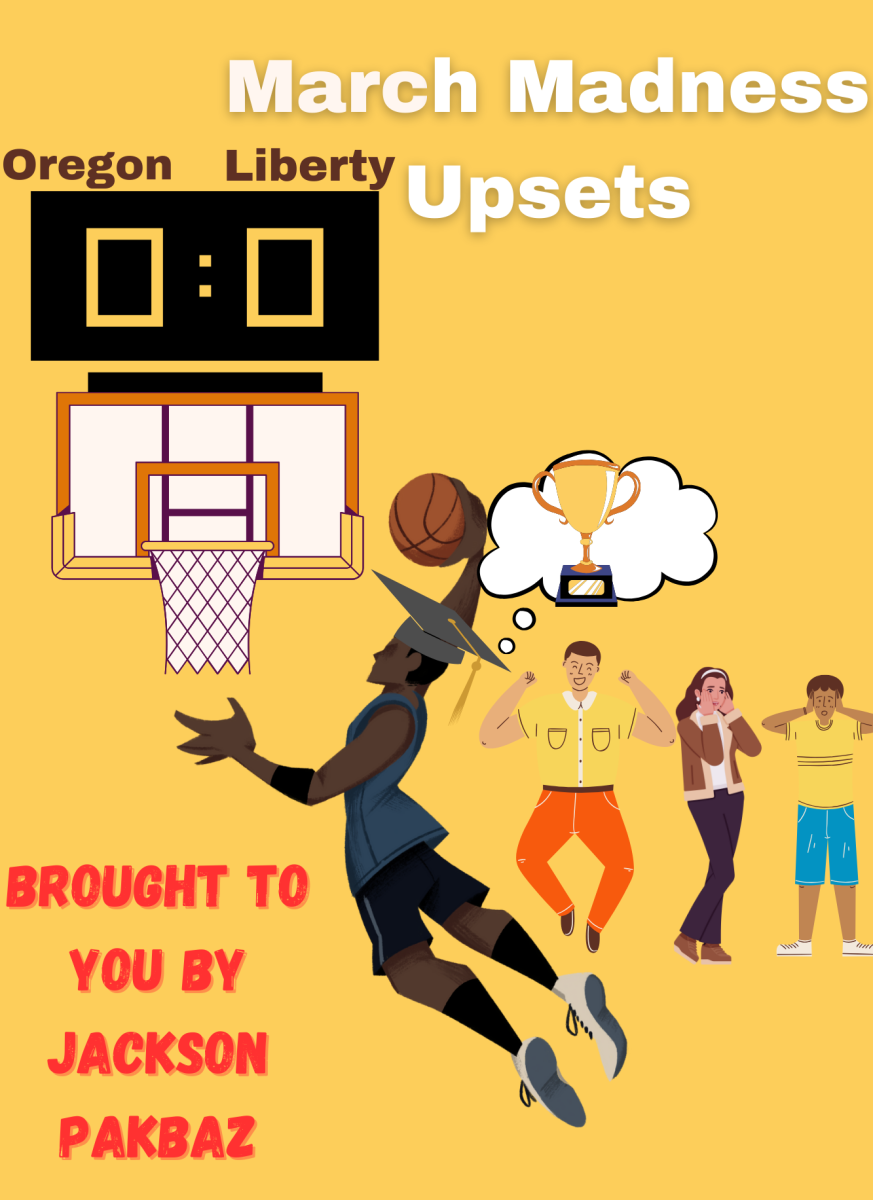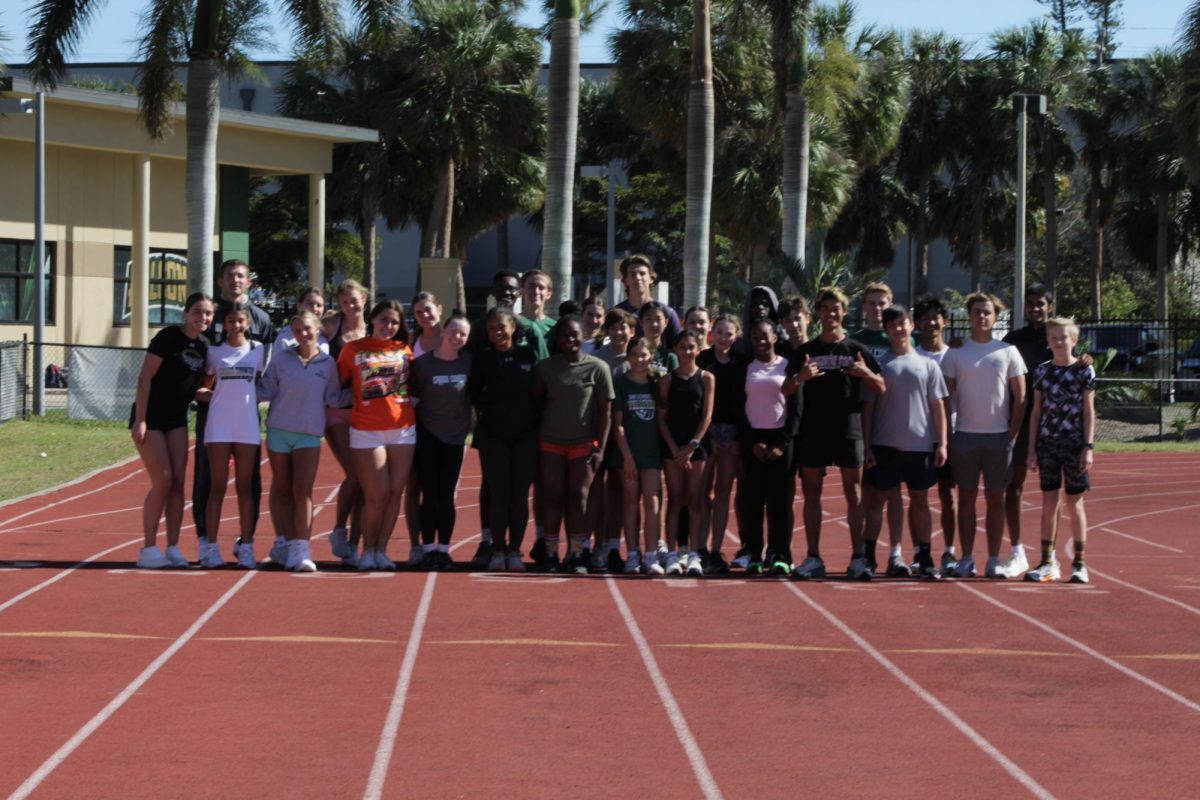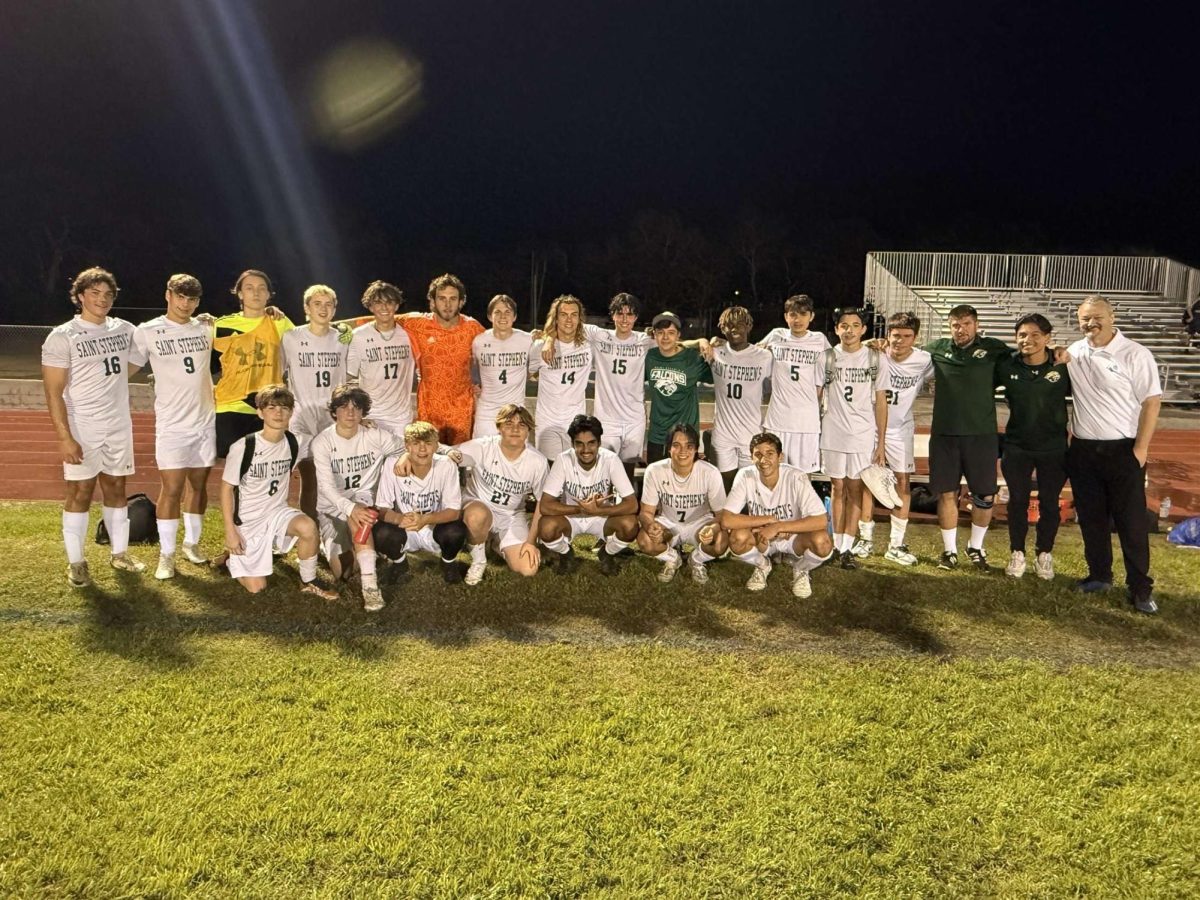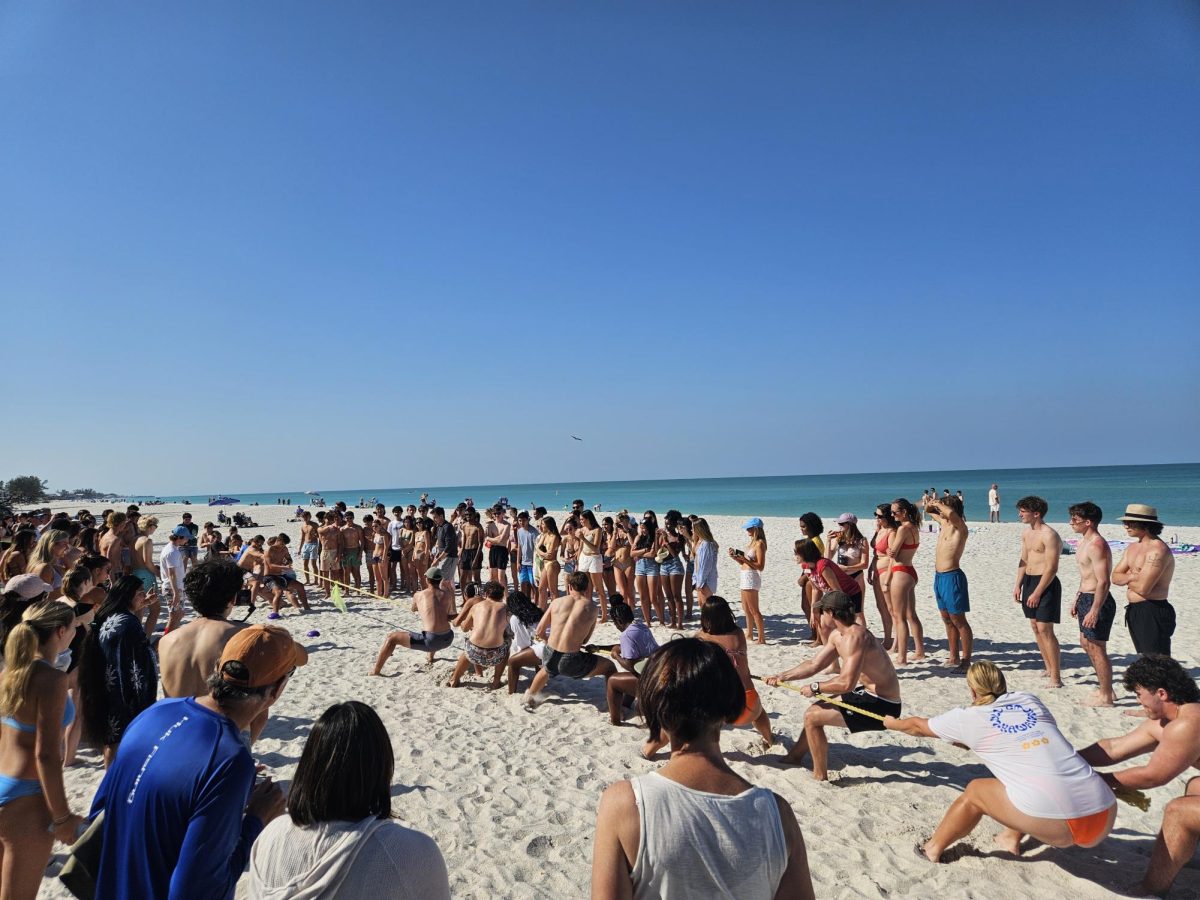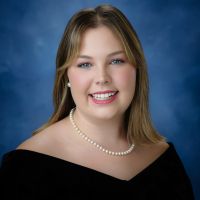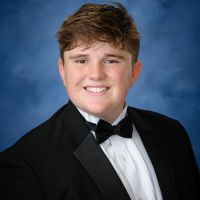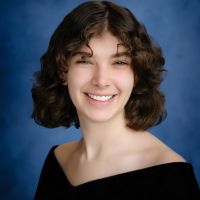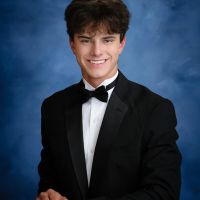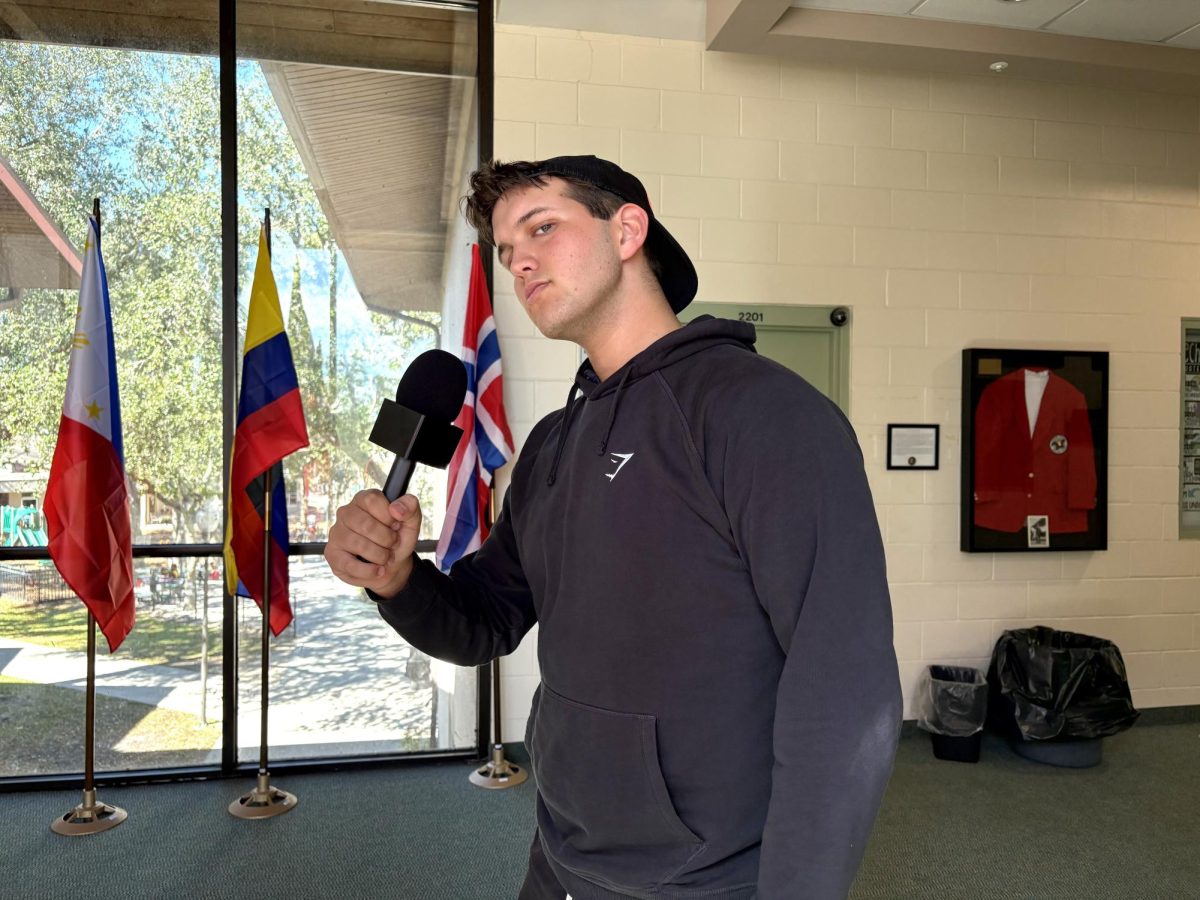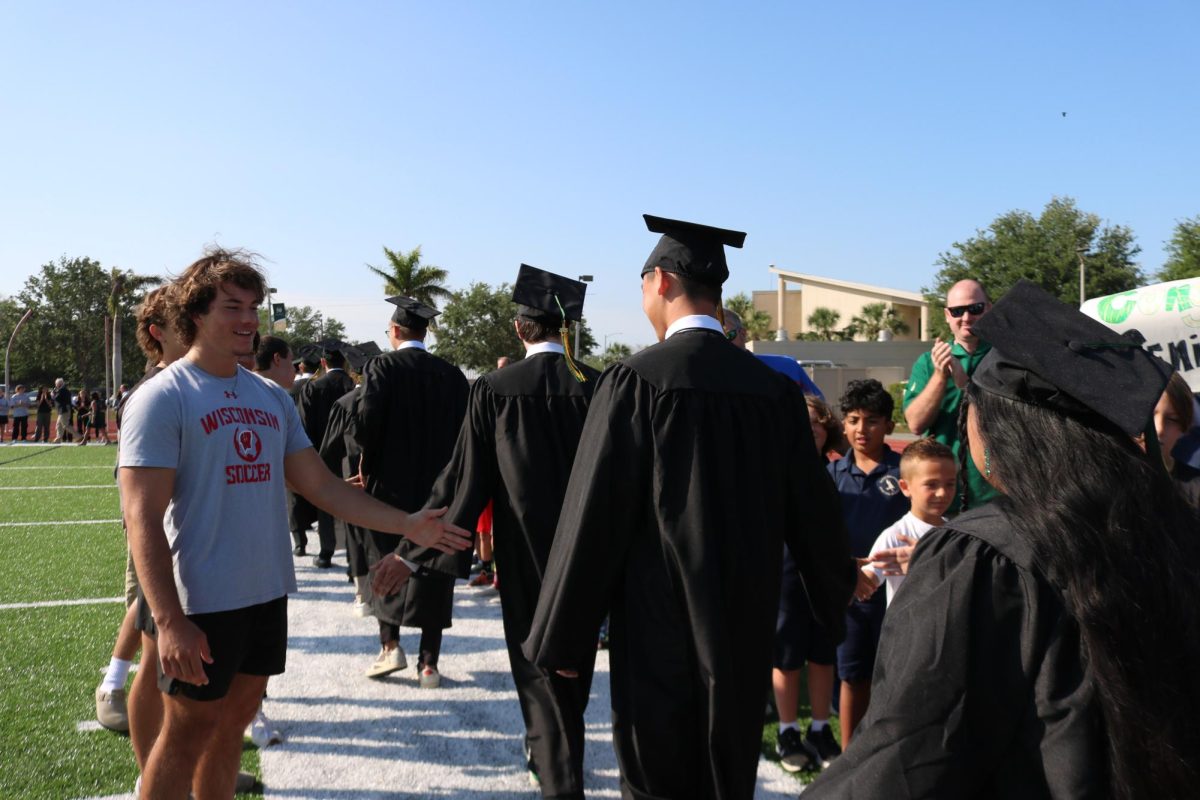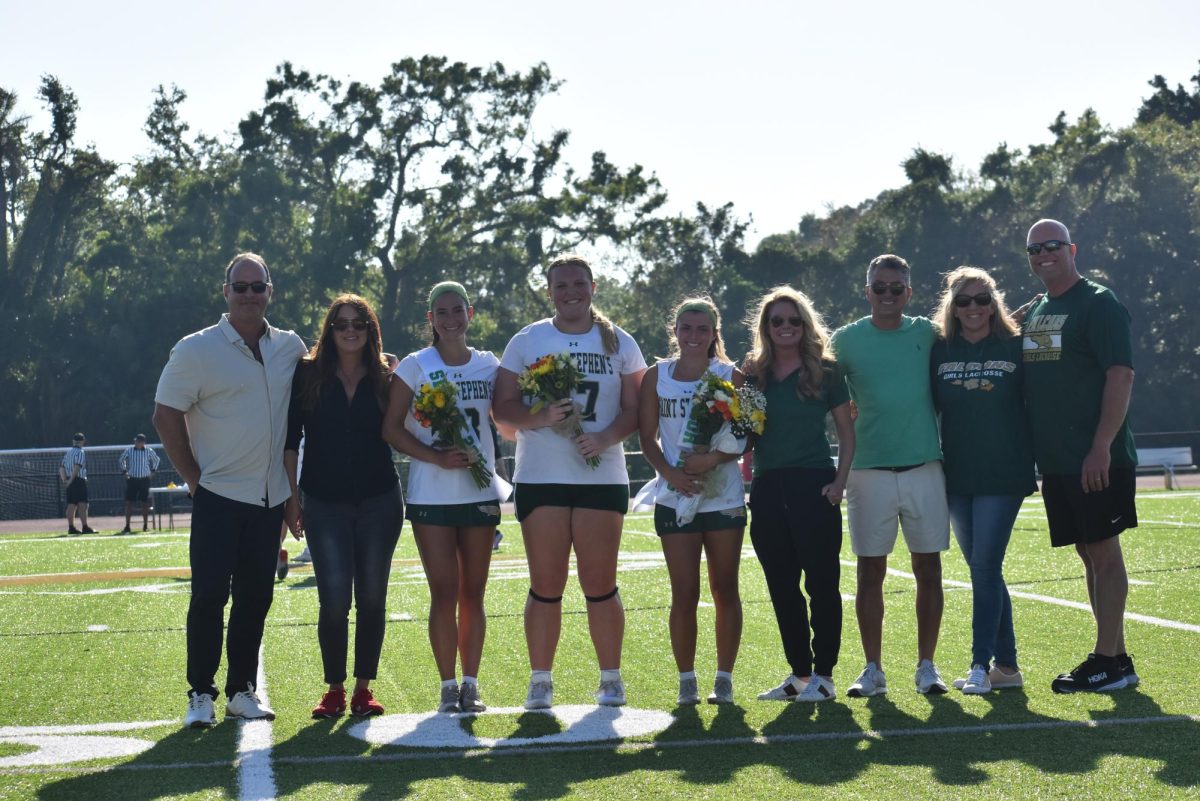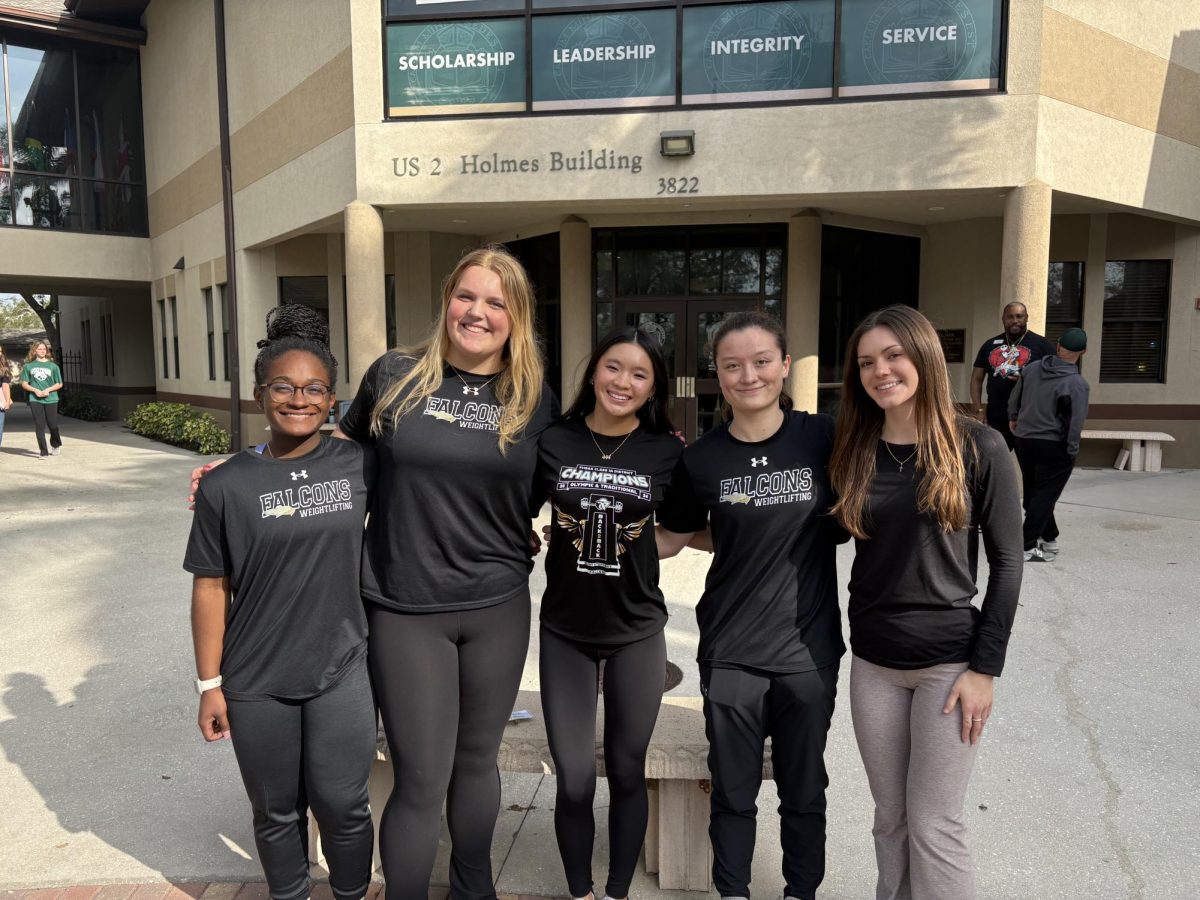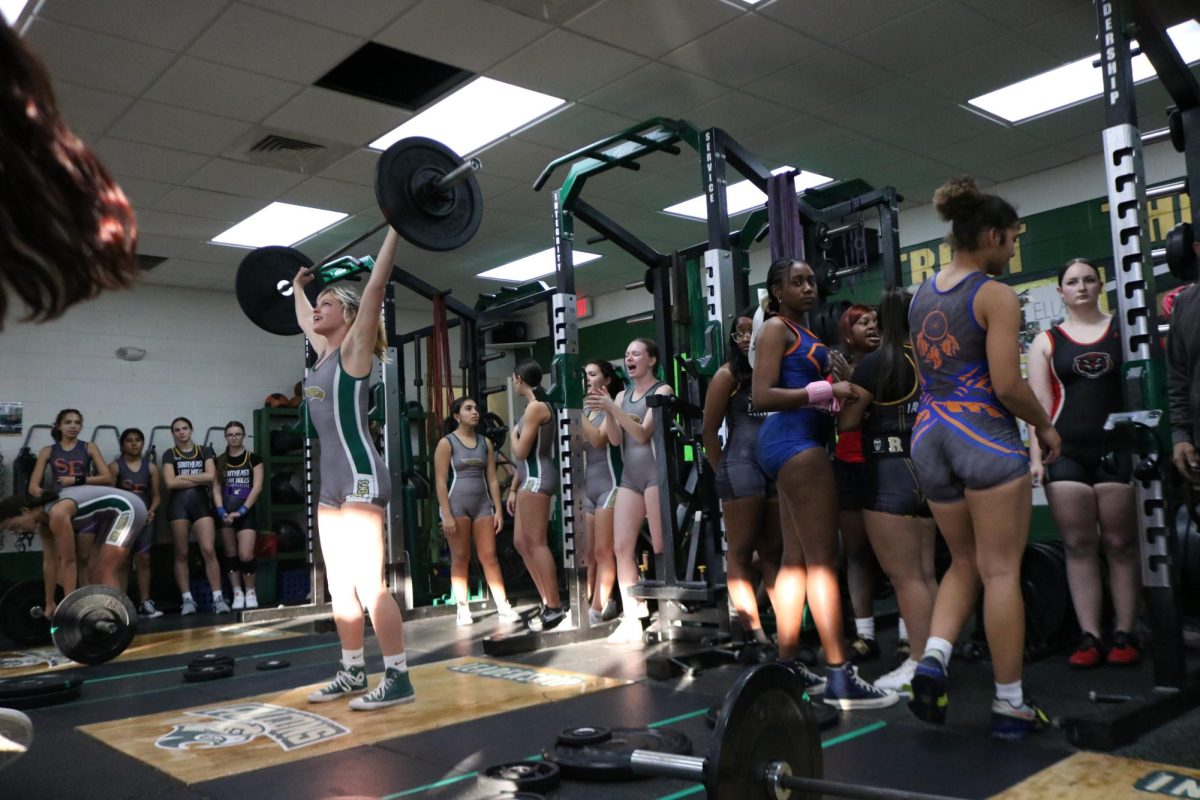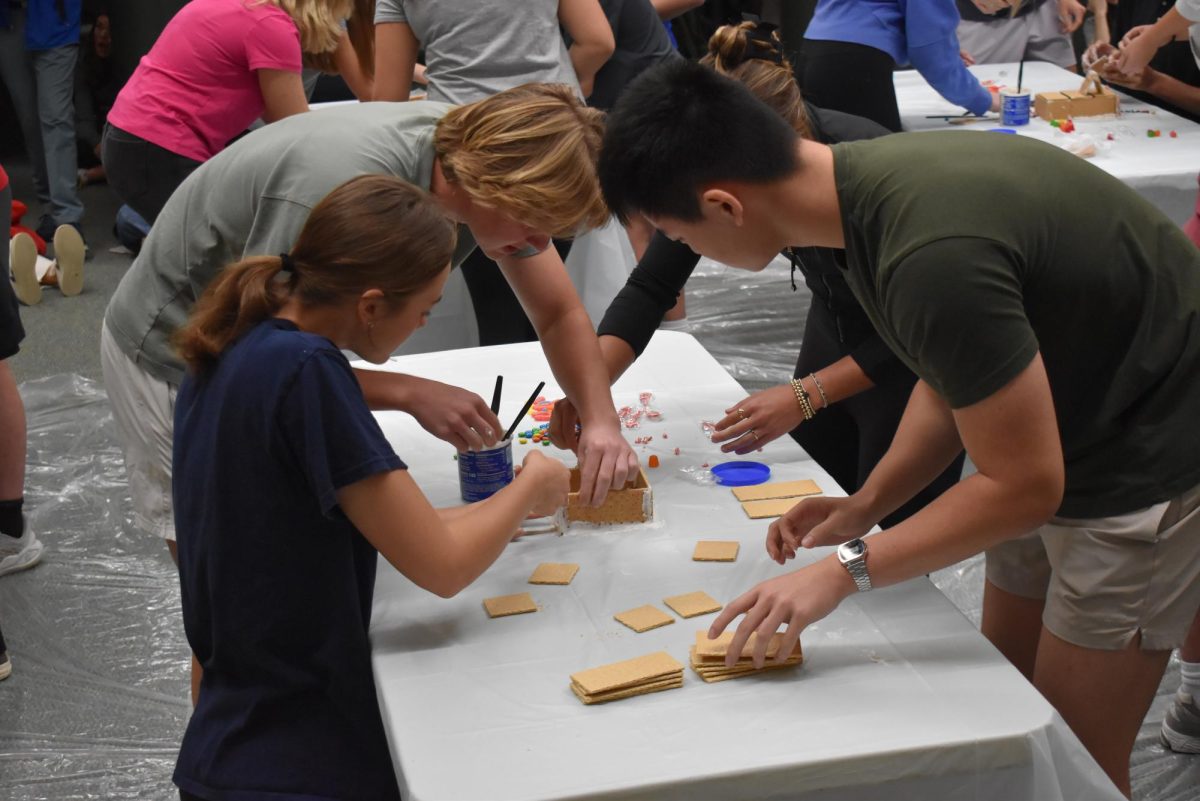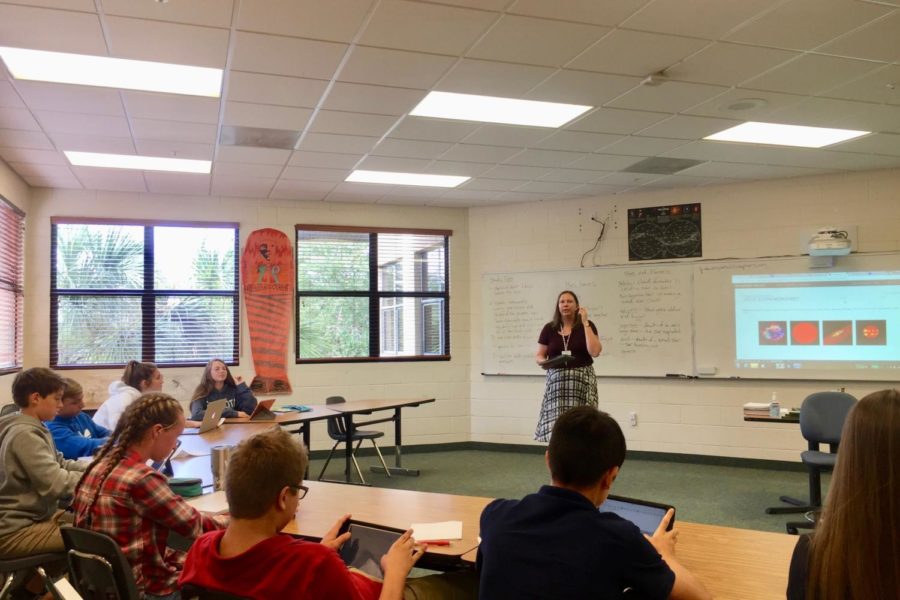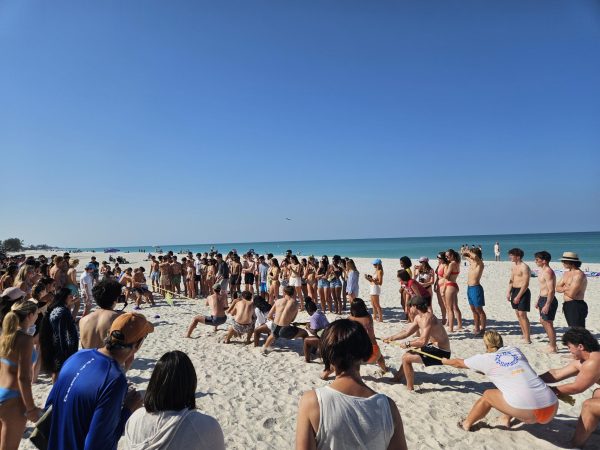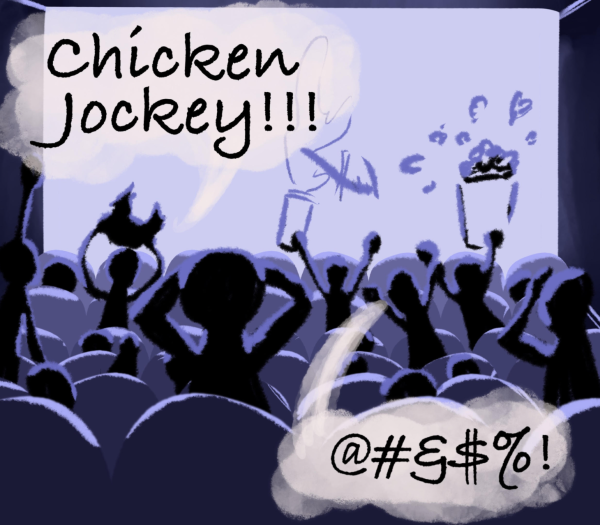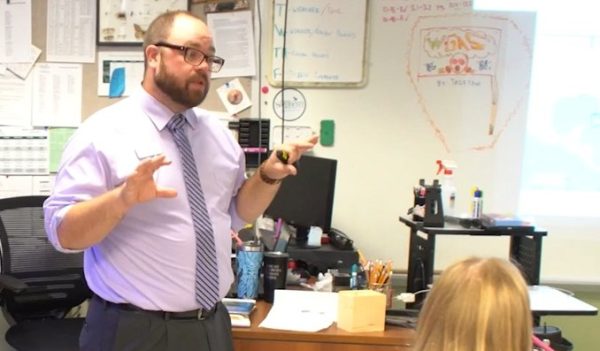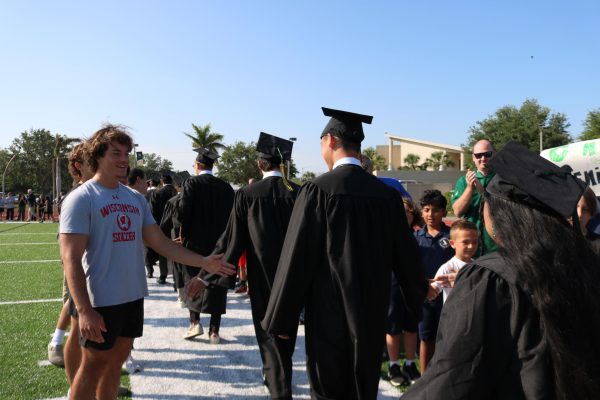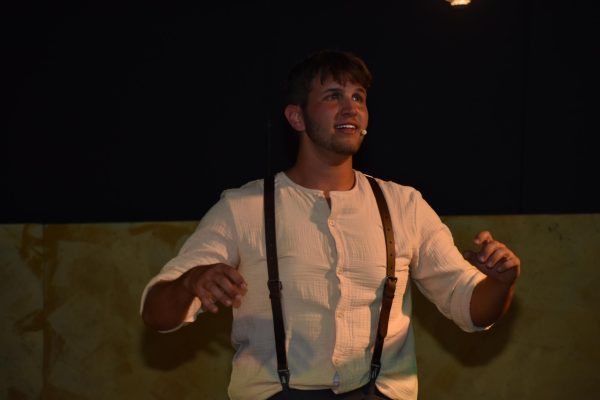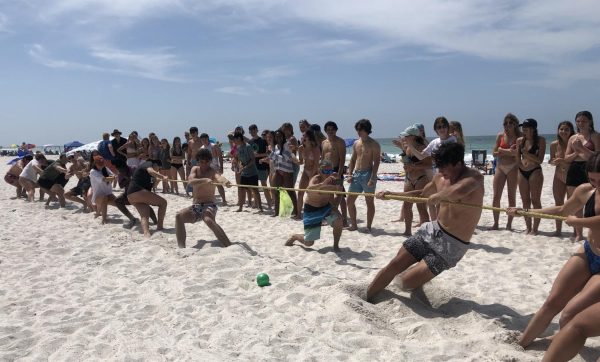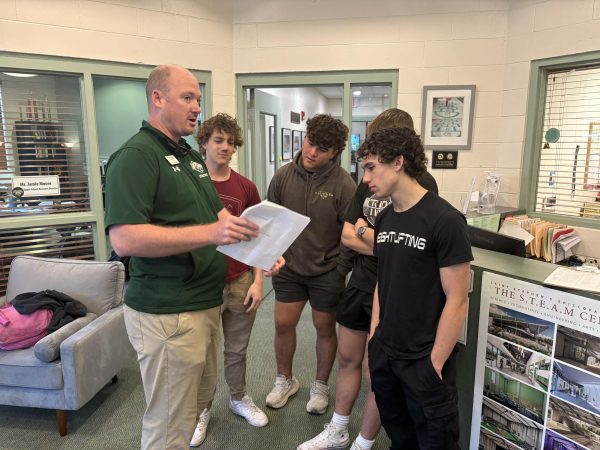From quarks to cultures: New freshman history class makes its debut
The social studies department has decided to expand its horizons beyond the regions of Western Civilization, exposing freshmen to a global perspective on history.
Mrs. Paleczny gives guidelines for a powerpoint project to her World History 1 class.
September 10, 2018
For as long as the students of the Upper School can remember, Western Civilizations has been the one and only history class offered to freshman. The course has been a lynch-pin of the history curriculum for decades.
But starting this school year, the mainstay course is changing. The freshman history class will now be called World History 1, and according to faculty, the curriculum offers a more effective approach to learning history.
Rather than focusing on the development of Europe and the Mediterranean, the freshmen kick off their first lesson with learning about the beginning of time, a lesson in Big History, which was formerly available only to sophomores.
Integrating aspects of both Big and World History, World History 1 starts at the very beginning of time, as far back as the Big Bang, and ends in around 1200 CE, with the end of the ancient world.
Through observing curriculums in other schools, Social Studies Department Chair Mr. Whelan said that adopting this chronological method of teaching, “instead of dealing with areas in isolation, has the advantage of talking about events in the way they connect to each other.”
Specifically, students will learn the fundamental skills needed to expand their thinking to a global scale, so they can understand how the entirety of civilization evolves following the birth of the universe. Mrs. Paleczny, who is currently teaching World History 1, said, “What I’m hoping to do is center my course around big questions and get them used to… comparing big [themes] instead of memorizing rulers, dates, and wars. I’m hoping to be more in line with Mr. Whelan and the World History program.”
The reform of the Upper School social studies program was initially reviewed in several stages; first with the faculty of the social studies department, followed by a discussion with the Academic Council, which includes division directors from throughout the school.
Finally, the Upper School faculty themselves discussed specific changes they wanted to implement. “It’s a process that involves many different layers in which many different people had input,” Mr. Whelan explained.
But the changes don’t stop at the freshman class. A series of additional new courses throughout the Upper School are planned to arrive in the coming years. World History 2, a sophomore class, will likely pick up where World History 1 left off, starting around 1200 CE and ending near the modern era, integrating more European elements along the way.
World History 2, in turn, will be a good foundation for the existing AP European History class for seniors. As for those interested in the classical era of Greece and Rome, a Humanities course taught by Mr. Moore is currently available to take as an elective.
In particular, the foundations laid in World History 1 set students up for a smoother transition into Advanced Placement courses such as AP World, and the curriculums are better suited to prepare them for standardized testing. Starting at the beginning of the 2019-2020 school year, AP World History exams will cover events no earlier than 1200 BCE, according to AP Central.
But regardless of which classes they decide to take, Mr. Whelan hopes that these changes will help all students have more success in social studies for the remainder of their academic careers.
“Saint Stephen’s social studies has always been strong. I think that with these changes we’re making it even stronger. We have a program here that’s a model for schools across the country, and we’re not going to rest on past accomplishments; we’re always going to look for how we can do things better.”

